Japan has always felt like another world , a place where centuries-old traditions meet cutting-edge technology, where every street corner hides a surprise, and where the smallest details leave a lasting impression. Fast-paced yet deeply peaceful, chaotic yet unbelievably organised. Whether it was the quiet stillness of a temple at sunrise, the buzz of a ramen shop at midnight, or the endless charm of vending machines that sell everything from hot coffee to canned soup, every day brought something unexpected and unforgettable. Many people think that Japan is a very expensive country , I used to think so too before my first visit. It’s true that cities like Tokyo and Kyoto can be costly, especially as they’ve become major tourist hubs. In recent years, prices have increased due to the rise of social media, influencers, and an influx of business-driven restaurants, bars, clubs, and shops. Japan is an amazing country with many other beautiful towns and cities. However, even in Tokyo, it’s still possible to save money and avoid being overcharged with inflated prices with some tricks. As you probably know, sticking to a budget while traveling is something we really enjoy. So, in this case too, I started researching what we could do to avoid spending thousands of pounds and live budget Japan.
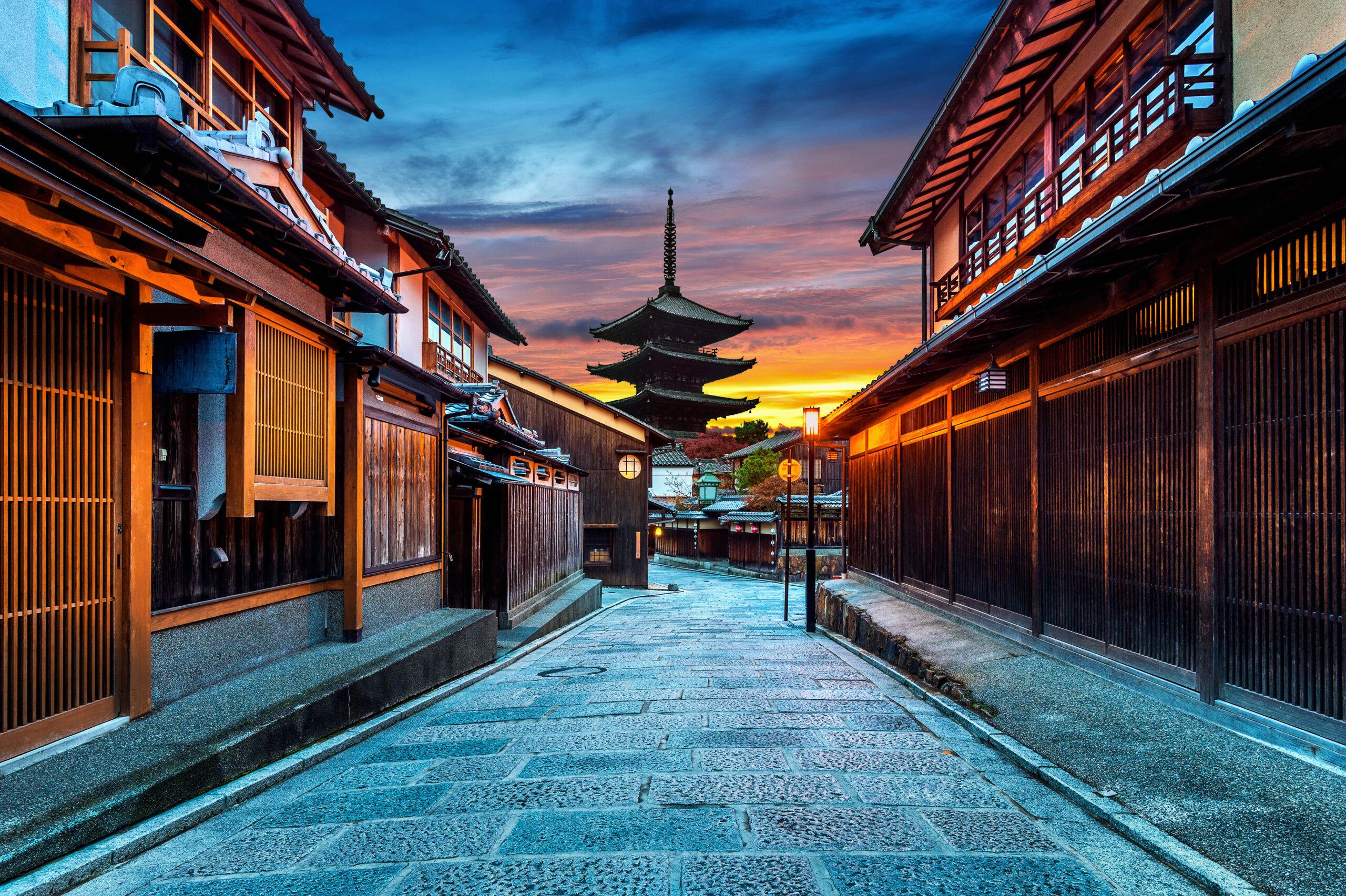
Traveling Japan on a budget in 2025 is absolutely doable with the right strategies, thanks to a growing number of affordable options and Japan’s efficient infrastructure. Here’s a detailed guide to help you enjoy the country without overspending
How to Travel budget Japan in 2025: Complete Guide
1. Getting Around on budget Japan
The first mistake many people make when traveling in Japan is buying the JR Rail Pass.
While trains , especially the Shinkansen , are fast and convenient, they are also extremely expensive. The JR Pass costs around £350 for just one week, and it doesn’t cover many local train lines.
On the other hand, renting a car in Japan is surprisingly cheap. I spent around £150 for two weeks, and it was one of the best decisions I made on the trip.
Why choose a car?
- Japan is the most drive-friendly country in the world. People are incredibly polite, and drivers are very understanding , especially toward foreigners driving in Japan for the first time.
- Cheap fuel. Petrol is quite affordable, usually around ¥160–¥180 per litre (less than £1).
- Small cars. All the small classic Japanese cars are automatic and easy to drive.
- Flexibility.
With a car, you can go almost anywhere , from remote villages with that “real old Japan” charm to scenic countryside routes. You’ll find cheap accommodations off the tourist path and amazing local restaurants that are both authentic and affordable.
Tips
- Avoid tolls. Tolls in Japan can be quite expensive, but the good news is that you can avoid them almost everywhere. In fact, some of the best and most scenic roads are toll-free.
- Parking. Avoid parking in city centers. In Japan , especially in urban areas , street parking is rare. Private parking lots are everywhere, but they often charge ridiculously high prices. That said, there are always free or cheaper options if you’re smart and willing to look around a bit.
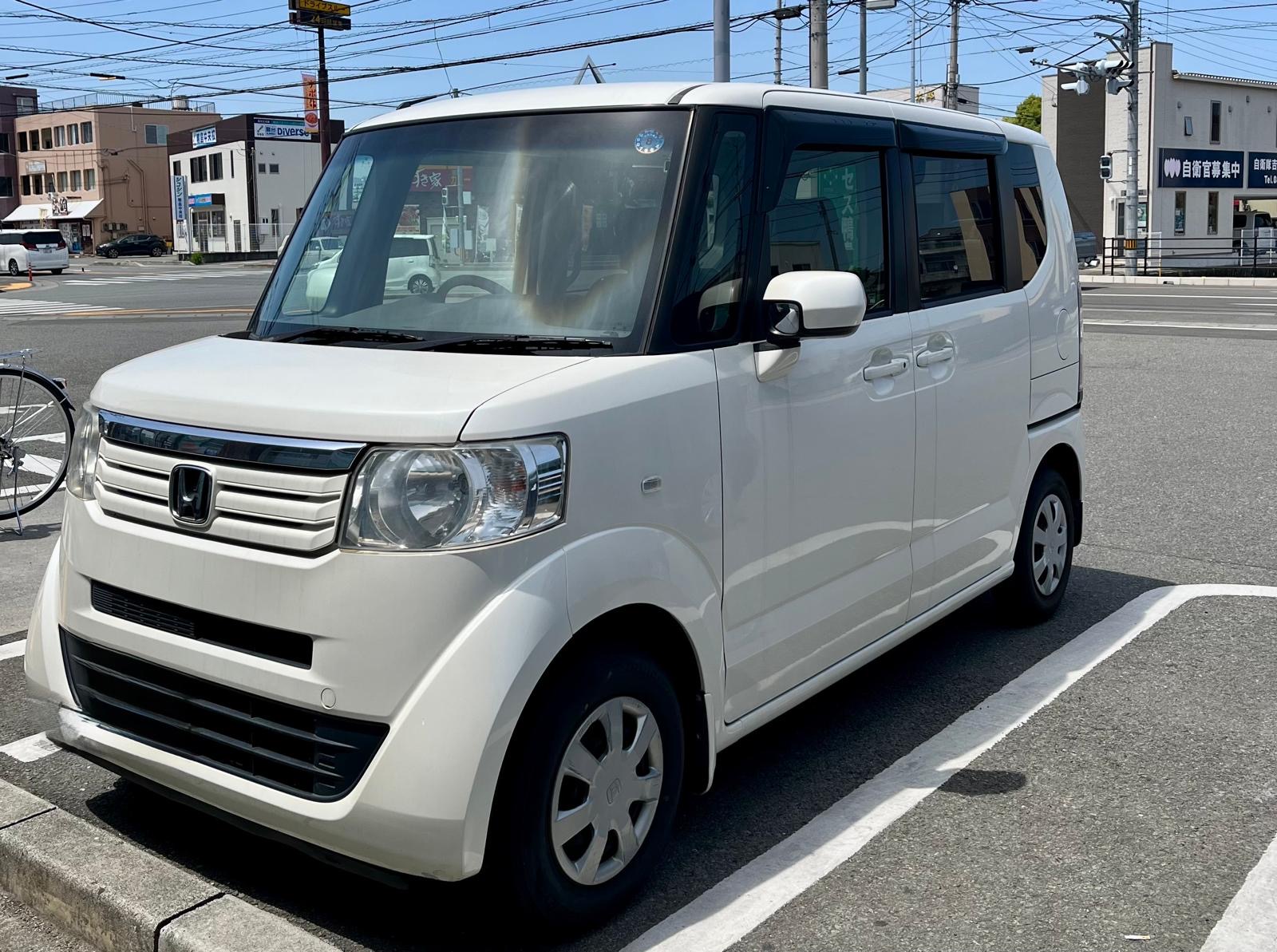
2. Affordable Accommodation Options (budget Japan)
There are many affordable options in Japan. Avoid expensive city centre options.
Capsule Hotels: Modern, clean, and efficient. Prices range from ¥2,000–¥5,000 (£10–£25) per night.
Hostels: Look for local hostel. Dorm beds often cost ¥2,500–¥3,000.
Budget Ryokan (traditional inns): Try smaller family-run options in less touristy towns for a cultural stay under ¥8,000, with dinner and breakfast included.
House Sharing: I found a few places where locals were renting out their spare rooms — affordable prices and amazing, authentic experiences.
Booking.com, Airbnb, and Agoda: These are always my go-to platforms. Most of the best budget accommodations can be found on one of these three.
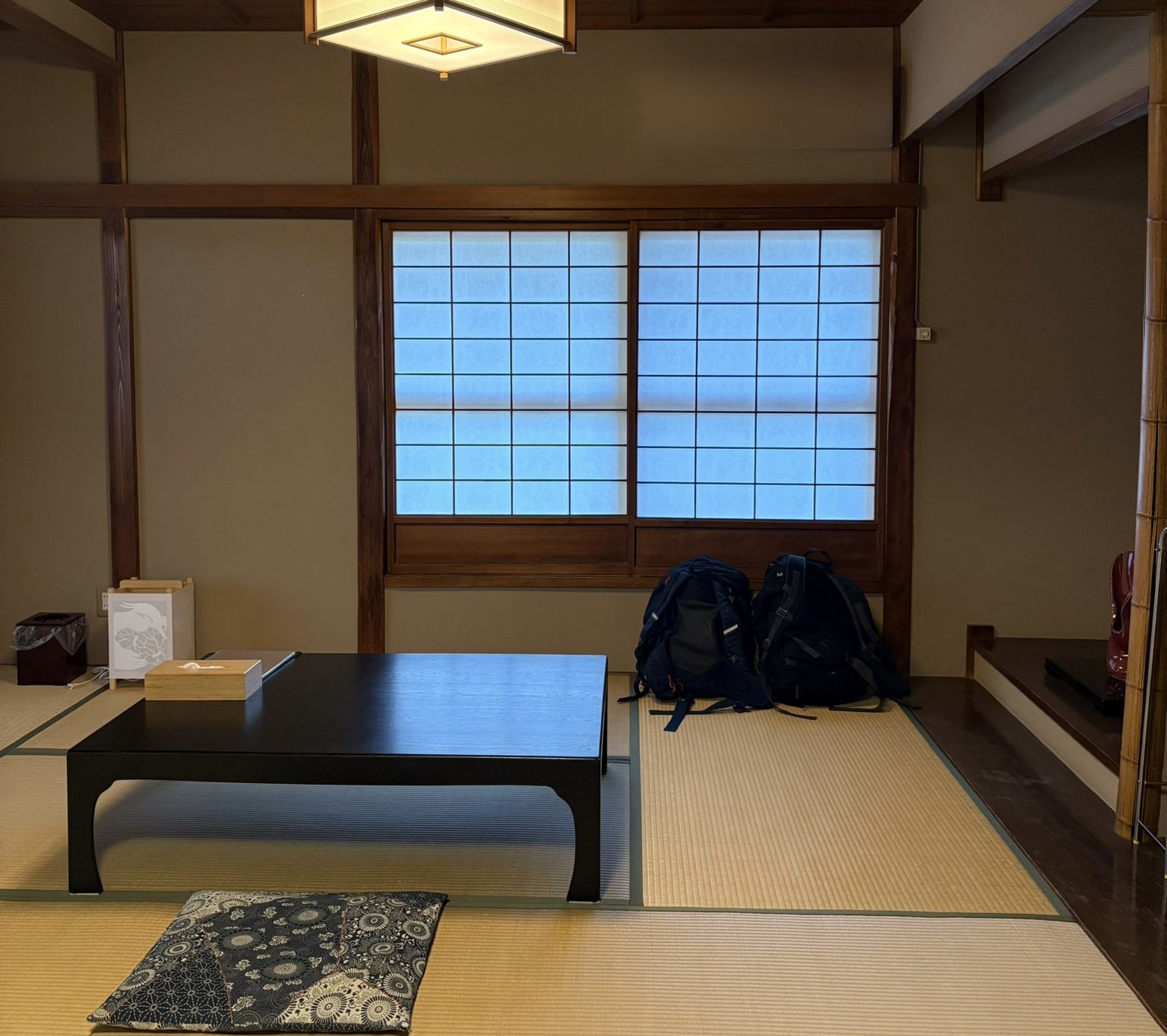
3. Eating Well on a Budget
Convenience Stores (Konbini)
- 7-Eleven, FamilyMart, and Lawson: Fresh, cheap meals like onigiri, bento boxes, sandwiches, and noodles.
- Meal: ¥300–¥600 ($2–$4).
Chain Restaurants
- Sukiya, Matsuya, and Yoshinoya serve gyudon and teishoku sets for ¥400–¥700.
- Ramen shops: ¥500–¥1,000 per bowl.
- Sushiro Good quality sushi at affordable prices.
Bonus Tip:
- Carry a reusable water bottle. Japan has clean public drinking fountains.
- Talk to local and check their choices.
- On side road you can find many good choices, (our favourite option) Just park and try.
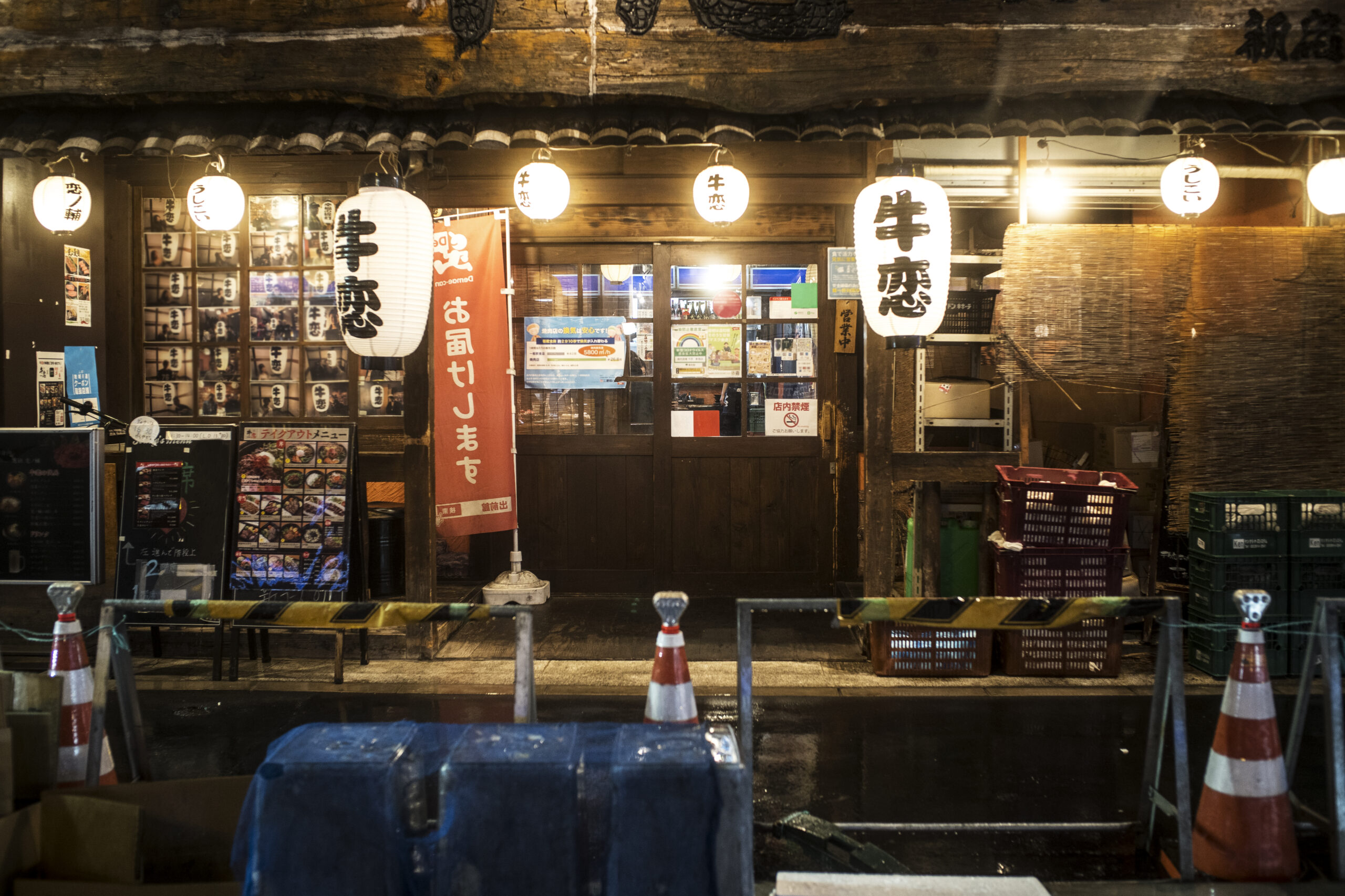
4. Visit Budget-Friendly or Free Onsen
- Some public baths or countryside onsen are free or cost just ¥200–¥500.
- Super sento chains like Gokurakuyu or Spa World in Osaka offer full-day passes with saunas, baths, and relaxation spaces.
- Tip: Bring your own towel and toiletries to save ¥.
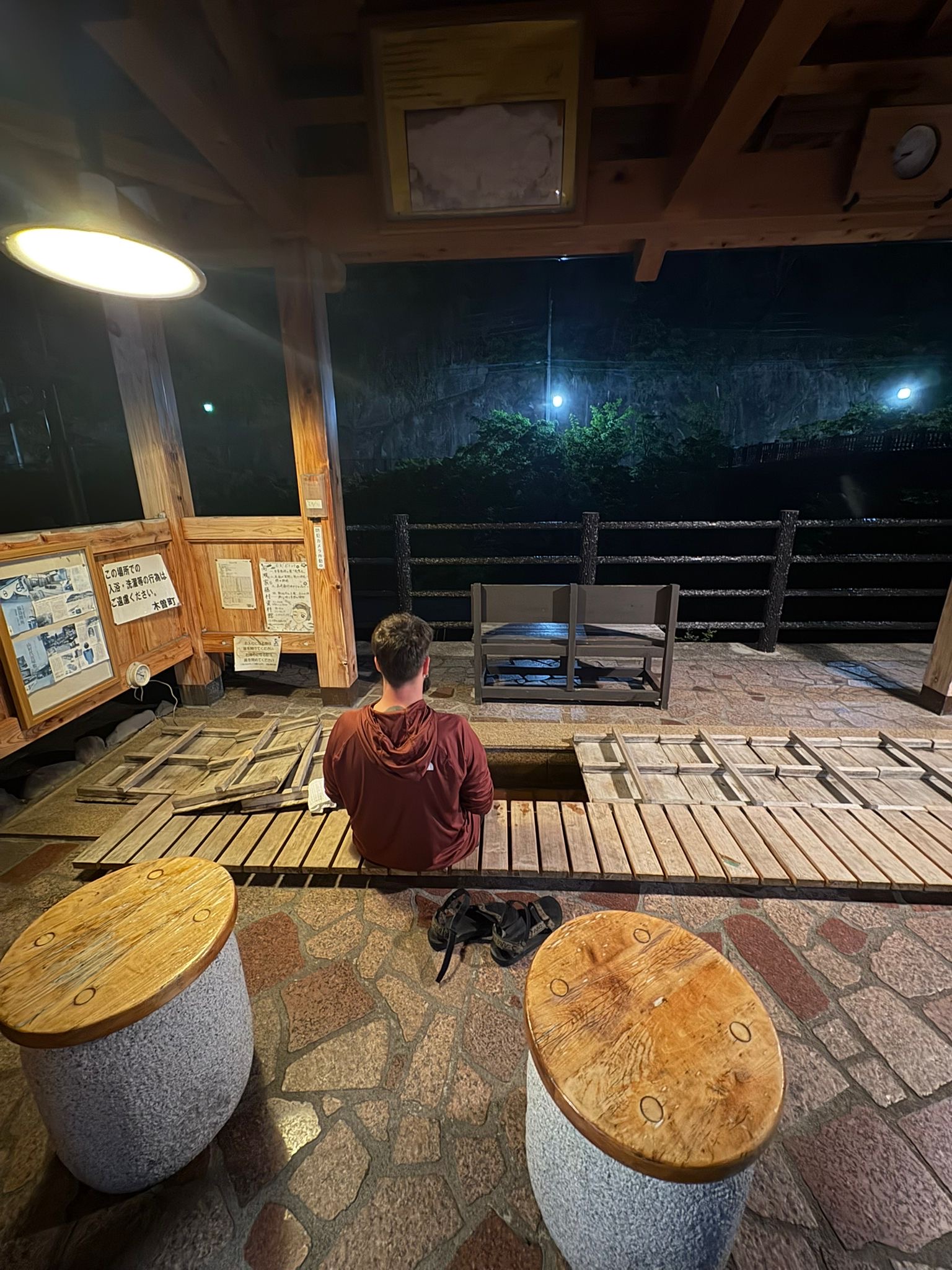
5. Regional Rail
If you can’t avoid trains, use Local ones and metro instead of Shinkansen to live budget Japan.
also:
IC Cards (Suica, Pasmo)
- Refillable cards for metro/bus/train travel in major cities.
- Helps avoid buying individual tickets and sometimes offers small discounts.
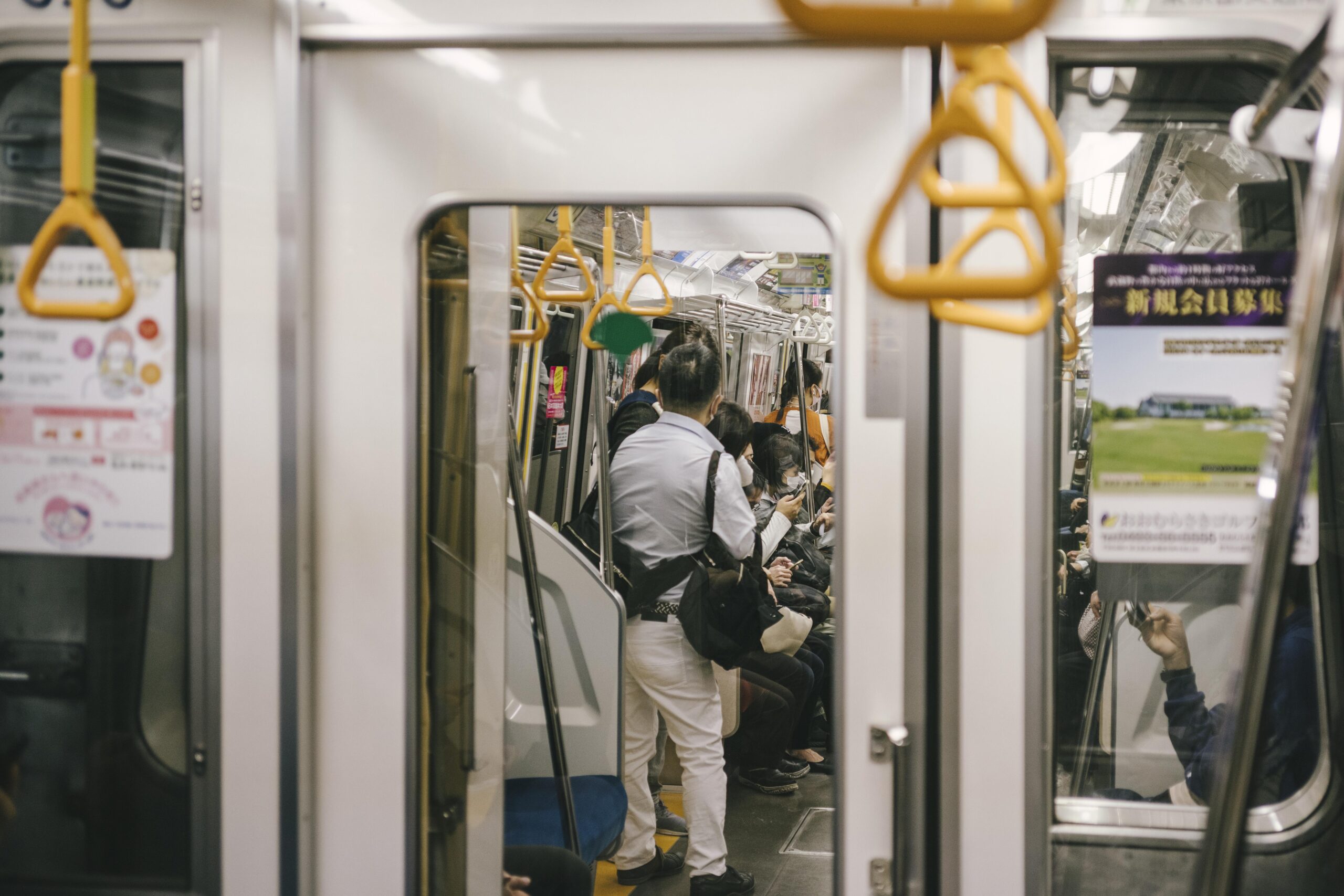
Traveling through Japan doesn’t have to drain your wallet , in fact, it can be one of the most affordable and rewarding adventures you’ll ever have. With a little planning, an open mind, and a sense of adventure, you can enjoy the rich culture, stunning nature, and unforgettable food without spending a fortune. From sleeping in cozy guesthouses and riding overnight buses to savouring ¥500 ramen or udon and discovering hidden towns, Japan offers endless ways to travel smart.
So whether it’s your first time or your fifth, remember: Japan isn’t just for luxury travellers , it’s for anyone willing to explore creatively, spend wisely, and embrace the journey.





